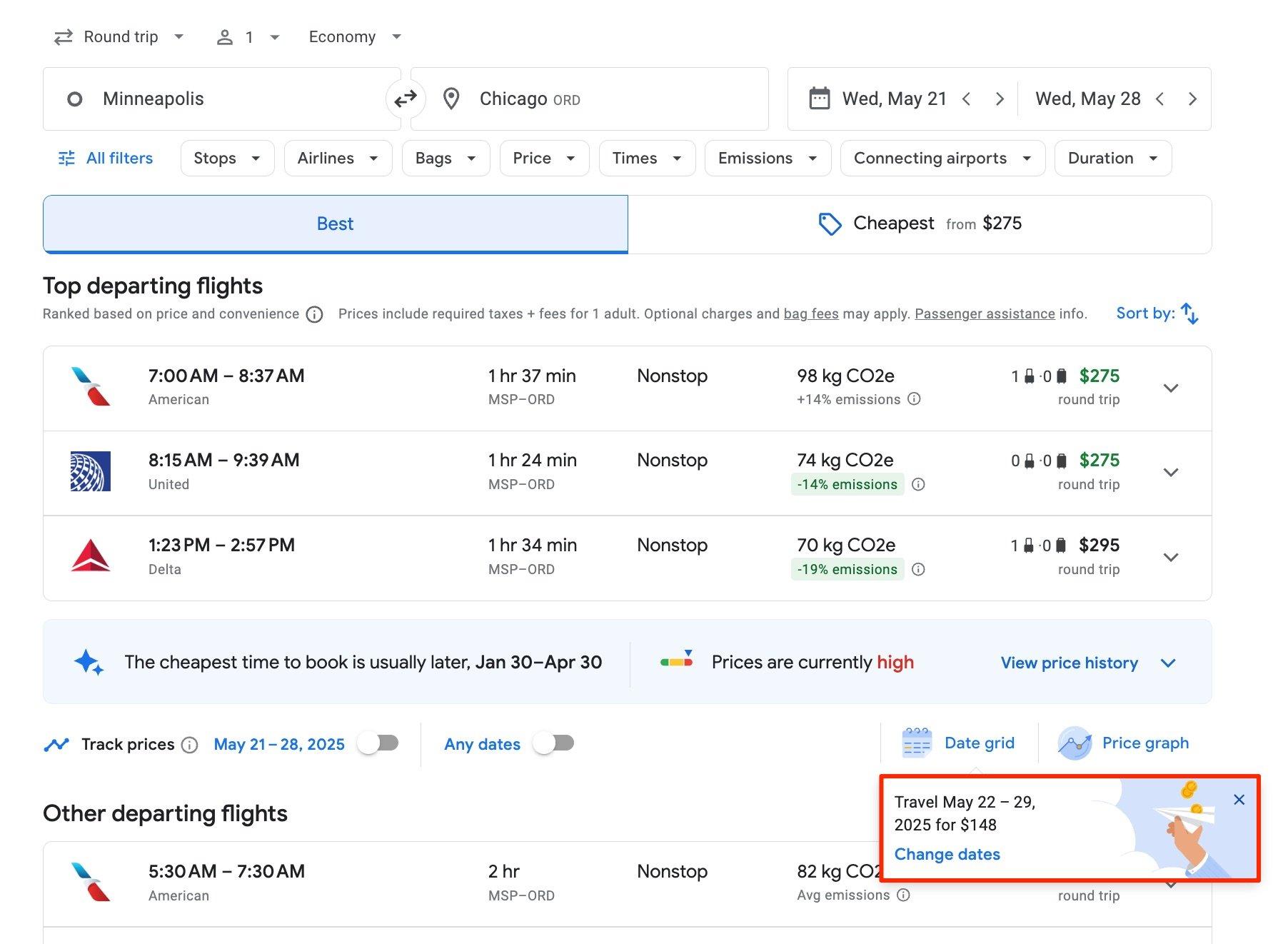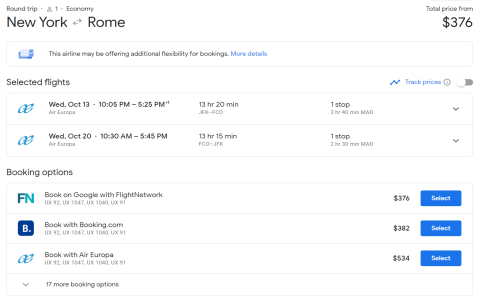Alright, so picture this: I needed to book a flight, and like most folks, I wanted to get the best possible price without spending ages glued to my screen. I’d heard all the stories about how prices can be all over the place depending on where you look, so I thought, “Right, I need a system for this.” It wasn’t always smooth sailing, let me tell you, but I’ve picked up a few things along the way that really help.
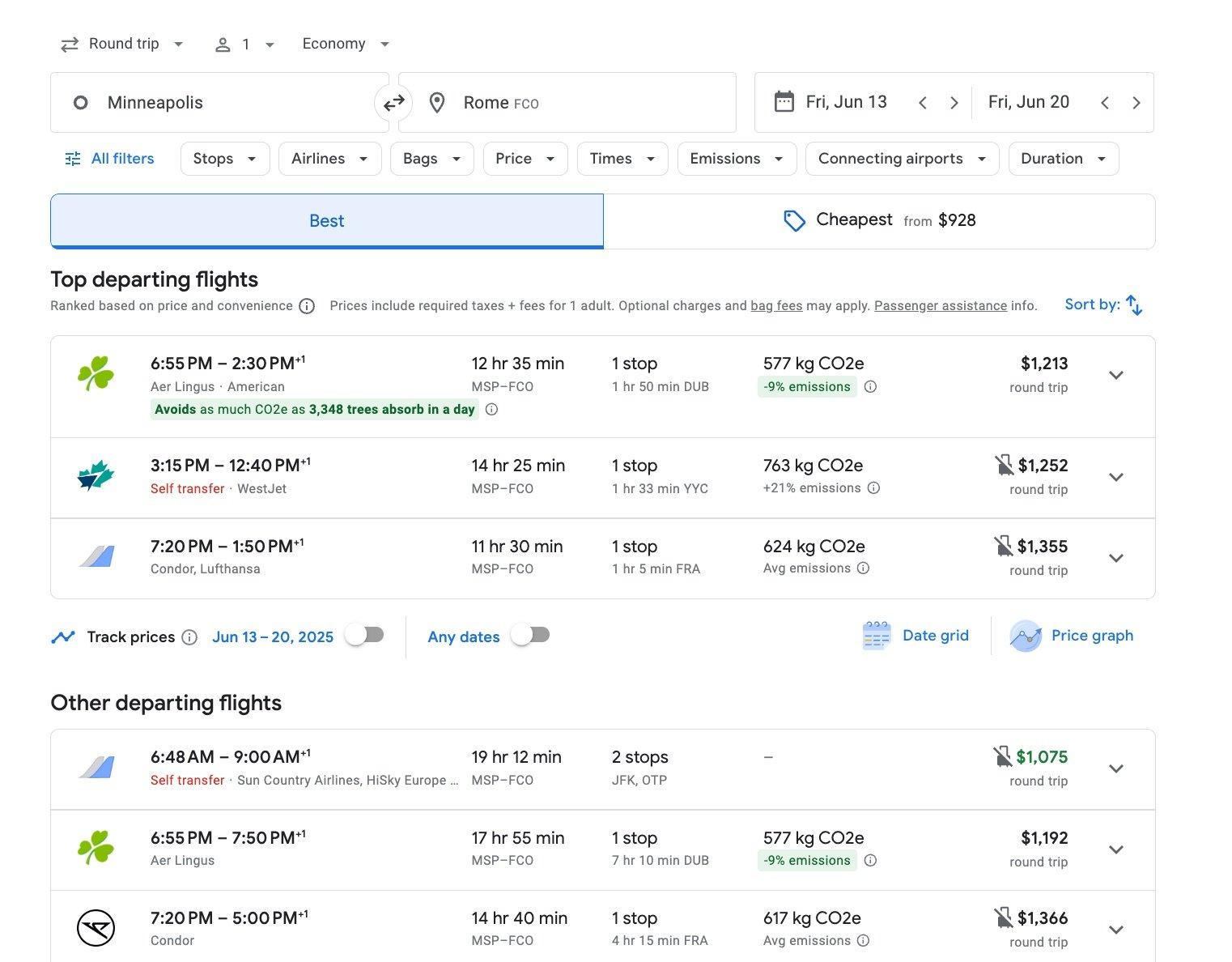
My Early Attempts: The Wild West of Tab Hopping
When I first started seriously trying to compare flight prices, my method was, well, a bit chaotic. I’d just open a whole bunch of browser tabs – one for a major airline, another for a big booking site, maybe a third for a budget carrier I’d heard about. I’d painstakingly type in my destination and dates on one site, then switch to the next tab and do it all over again. It was a real headache.
I’d find what looked like a good deal on one site, then get excited, only to find a slightly cheaper option on another, but with a crazy long layover or at an ungodly hour. Sometimes I’d even go back to the first site a few minutes later and the price would have jumped! It felt like I was chasing my tail, and honestly, it was more stressful than it needed to be.
Developing a More Methodical Approach
I quickly realized that this random clicking wasn’t going to cut it. I needed a more structured way to tackle this. So, I started to refine my process. Here’s what I typically do now:
First, I make a mental (or sometimes physical) list of the usual suspects. This includes a few of the big-name flight comparison websites – you know the ones, that search across many airlines and travel agencies. I also make sure to consider checking the airline websites directly, especially if I have a preferred carrier or if I’m looking at budget airlines, as they sometimes have deals you won’t find elsewhere.
Then, the actual searching begins. I try to be super consistent with my search details at first. Same dates, same destinations, same number of passengers. This gives me a baseline. If my dates are flexible, I’ll explore that later, but for an initial comparison, keeping things identical across platforms is key to see who’s offering what.
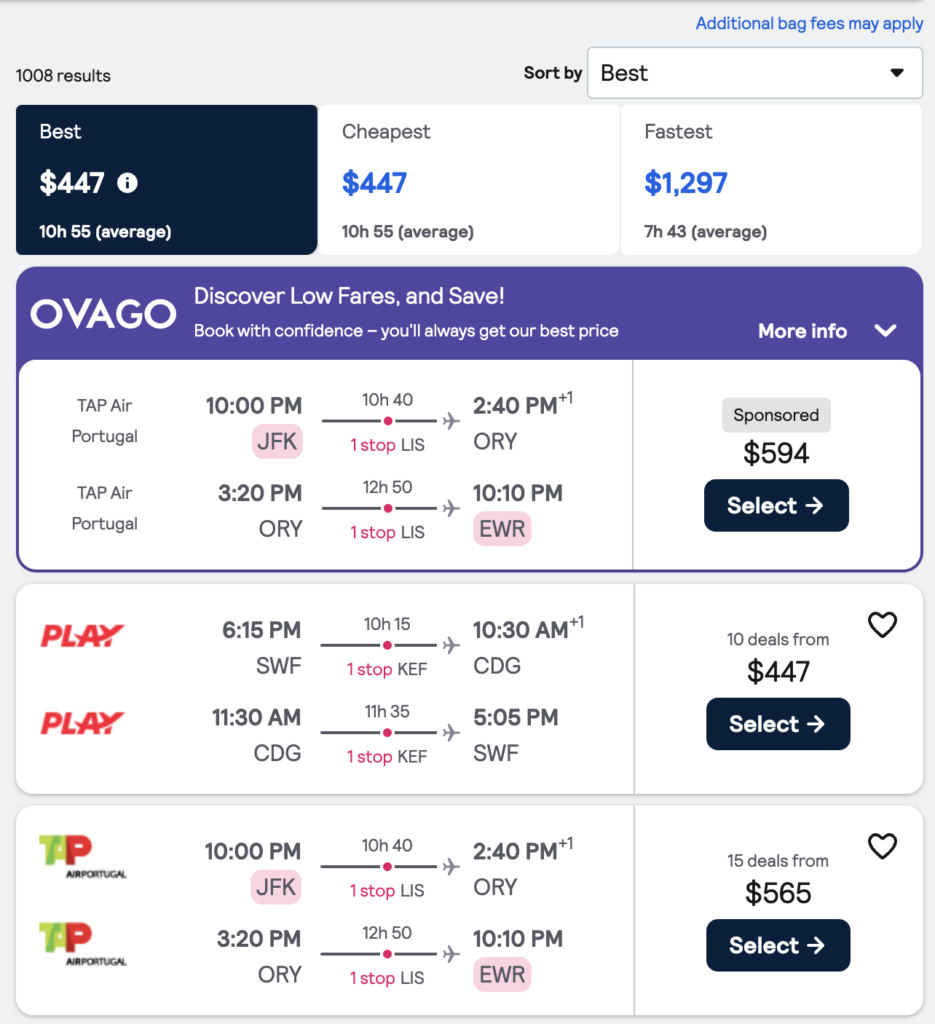
I’ve also experimented with using my browser’s incognito or private mode. The idea is that some websites might track your searches and nudge prices up if they see you’re keen. Does it always make a huge difference? I can’t say for certain, but it costs nothing to try, and I’ve occasionally seen slightly different results, so it’s become part of my routine. Better safe than sorry, I figure.
Digging Deeper Than Just the Headline Price
Once I have a few promising options from different sites, I don’t just look at the big, bold price. Oh no, that’s often just the starting point. I’ve learned the hard way that the cheapest initial price isn’t always the cheapest final price. Here’s what I scrutinize:
- Baggage allowance: Is a checked bag included, or will that cost extra? What about carry-on? Those fees can add up fast, especially on budget airlines.
- Seat selection: Can I pick my seat for free, or is that another add-on? If I’m traveling with family or friends, this can be important.
- Layover times and airports: A super cheap flight might involve a very long layover or a stressful dash through a massive, unfamiliar airport. I weigh up if the saving is worth the hassle.
- Overall travel time: Sometimes a slightly pricier flight gets me there much quicker and with fewer connections, which can be worth its weight in gold.
- Fine print: I try to glance at the cancellation and change policies. Super restrictive tickets might be cheap, but no good if my plans are a bit uncertain.
To keep track of all this, I sometimes just use a simple notepad app on my computer, or even a piece of paper. I’ll jot down the airline, the total price (including my best guess for extras), the flight times, and any important notes for my top two or three contenders from each platform.
The Role of Flight Comparison Engines
Those flight aggregator or metasearch engines – like Google Flights, Skyscanner, Kayak, and others – have become my first port of call. They are incredibly useful for getting a quick overview of who flies where and a general idea of the price range. They search hundreds of sites at once, which saves me a ton of individual searching upfront.
I usually start with one or two of these, see what they churn out, and then, if I find a particularly interesting option, I might go directly to that airline’s website or the specific online travel agency (OTA) to double-check the details and see if the price holds up. Sometimes, booking direct with the airline has its own perks, like easier customer service if things go wrong, or loyalty points.
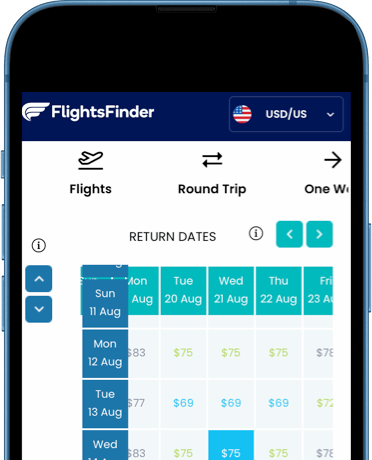
A Little Patience and Flexibility Can Go a Long Way
I’ve also found that flight prices aren’t static; they can fluctuate quite a bit. If my travel plans have some wiggle room, I always play around with different dates. Flying on a Tuesday or Wednesday is often cheaper than a Friday or Sunday. Shifting my trip by just a day or two can sometimes unlock significant savings. Many comparison sites have a flexible date calendar which is super helpful for spotting these trends.
If I’m not ready to book right away but have a specific flight in mind, I often set up price alerts on one or two of the major platforms. I’ll get an email if the price changes, which means I don’t have to keep checking manually every day. It’s a neat little feature.
My Takeaway: Informed Decisions are Better Decisions
So, after going through this whole process, do I always find the absolute, undisputed cheapest flight in the entire world? Maybe not every single time. But I always feel much more confident that I’ve found a good deal and, crucially, that I understand what I’m paying for. I know the trade-offs between price, convenience, and comfort.
It does take a bit of effort, I won’t pretend it doesn’t. But for me, the potential savings and the peace of mind knowing I’ve done my homework are well worth it. It’s become a standard part of my travel planning now.
And that’s pretty much how I go about it. Nothing too revolutionary, just a systematic way of looking. Hopefully, sharing my little routine helps you navigate the maze of flight booking a bit more easily next time you’re planning a trip!
